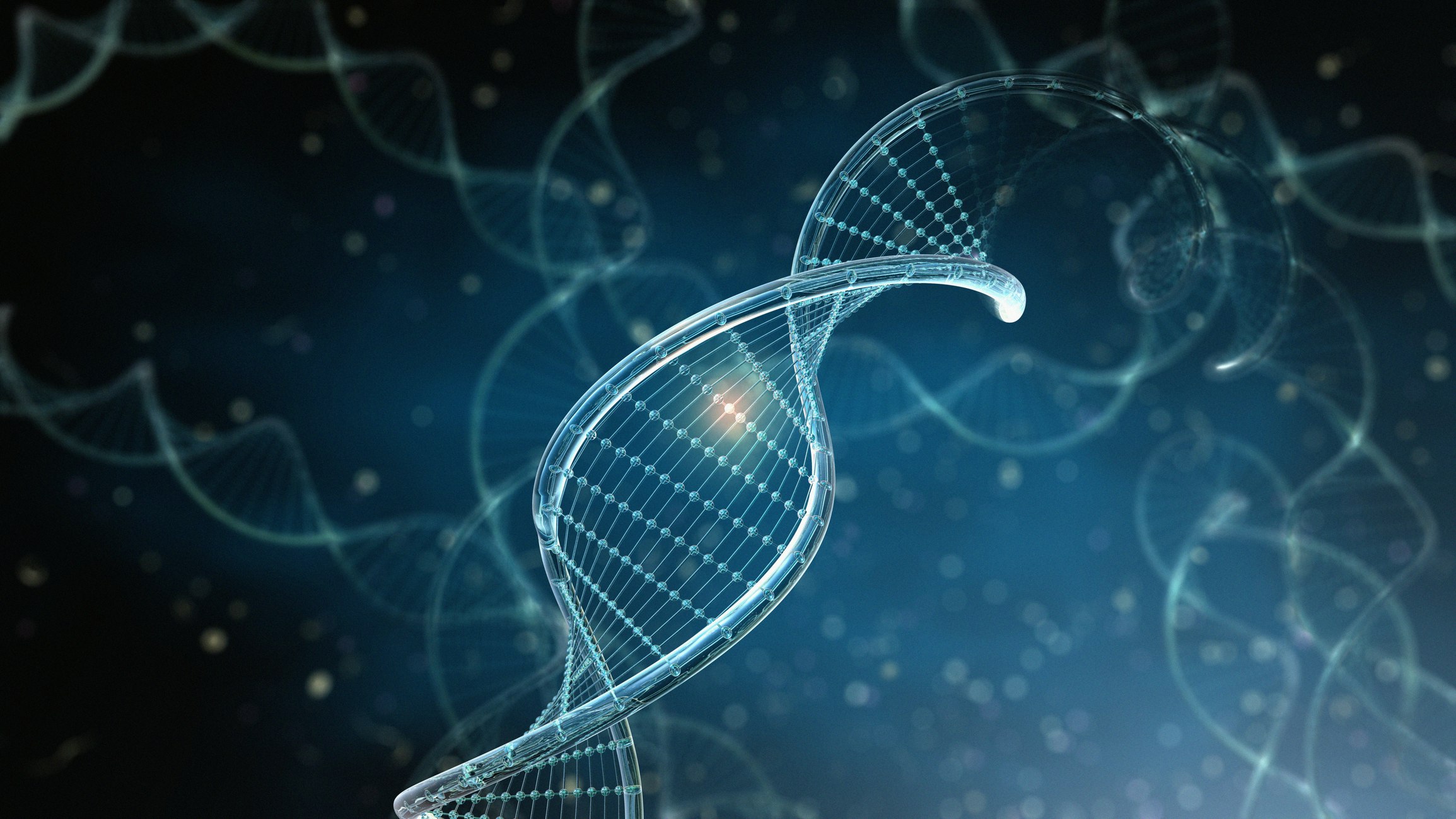mRNA therapeutics: trends and delivery challenges

At TIDES: Oligonucleotide and Peptide Therapeutics we caught up with Dr. Pad Chivukula, Chief Scientific Officer and COO at Arcturus Therapeutics. Dr. Chivukula shared his insight on current trends in mRNA therapeutics, as well as the challenges with the drug development and delivery. Watch the full interview or read the highlights below.
What are current trends you see in the development of mRNA therapeutics?
PC: 'mRNA is definitely one of these new therapeutic modalities that people have started to investigate in the last few years. What we see from our lens, is that the first couple of drugs are going to be in the vaccine space, and then move into protein replacement. We see a lot of potential in messenger RNA therapeutics, as it’s a new modality and really opens up a wider range of therapeutic targets than currently available with antisense sRNA technologies.'
What are the specific challenges of messenger RNA compared to other types of RNA in the context of drug development?
PC: 'The big challenges with messenger RNA therapeutics is that they’re made enzymatically, unlike the smaller sRNA’s and antisense counterparts. And because of that process, they’re extremely large. They can be somewhere from a 1000 bp all the way to 5000-6000 bp, so that’s a wide range of sizes that you’re dealing with.
These large molecules are also intrinsically unstable . RNA wasn’t meant to be around for a very long time. That’s why we have DNA, and because of that it poses a lot of CMC or manufacturing challenges.'
Why is delivery such a challenge for messenger RNA and what are some of the solutions being considered?
PC: 'Messenger RNAs are extremely large molecules and because of that they’re intrinsically unstable. Currently some of the solutions being applied for some smaller oligos - like the chemical modifications, the two primal methane chemistries, the LNAs, the UNAs chemistries - can not be applied to messenger RNA. Because of that, delivery becomes extremely important; how to stabilize the molecules once injected into the blood.
The clever strategies that are currently employed with smaller oligos, like the GalMAc technology or other targeting technologies, really cannot be applied to messenger RNAs.
One of the key solutions for this is having expertise in nanoparticle delivery. That’s where we really shine, in our delivery technology.'